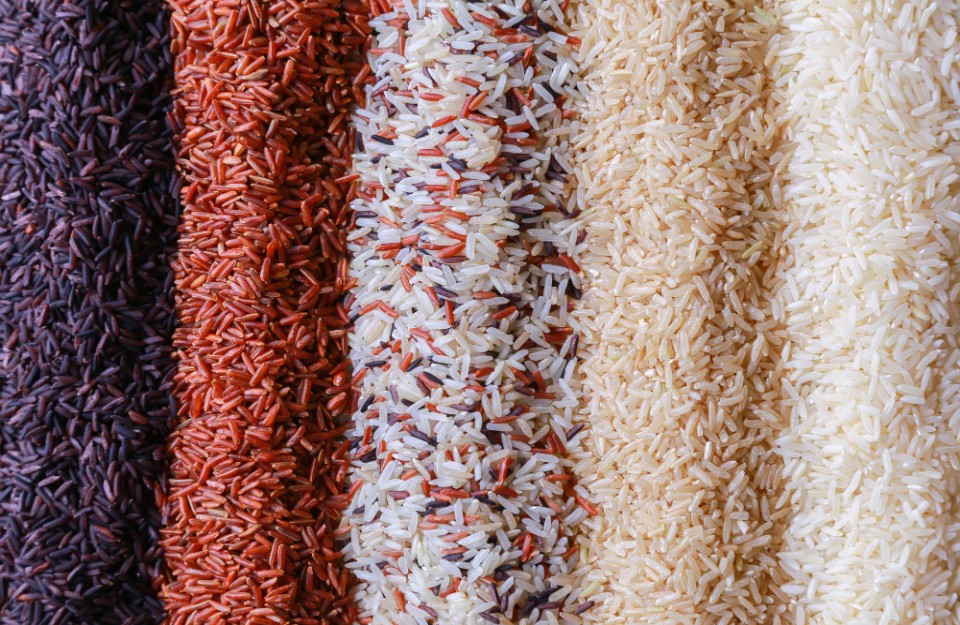
Rice (Paddy) Market Trends:
Rice cultivation remains a significant agricultural activity in Madhya Pradesh, where the market faces various types and price fluctuations. The minimum support price (MSP) for ordinary rice is 2183, which reflects the government's efforts to stabilize prices and support farmers. So let's find out what the rice rates are in Madhya Pradesh's markets.
Rice Rates in Bareli Market: Bareli emerges as an important market center for rice, with a substantial influx of 73.4 tons. Price fluctuations between 3821 to 3971 highlight the dynamic nature of the market, with 3905 being the prevailing model price trend.
Rice Market Rates in Chaakghat:
Chaakghat registers a comparative influx of 7 units, making it an important market center for fine quality rice. Stability in the market area at 2500 is maximum.
Dabra showcases a notable influx of Basmati 1509, with 20.86 tons of Basmati arrival known for its aromatic qualities. The price range between 3546 and 3750 indicates demand, with the model price of 4000 providing insights into demand for this particular variety.
Mandla emerges as an important market center for 220.1 tons of rice. However, there is a specific difference in price dynamics, with the price range being minimum 2200, maximum 2200, and the model at 1800.
Raisen showcases a specific market segment, with Basmati's arrival at 3.33, which is a different variety preferred by specific consumers. The price range of 3000 to 4200, with a model price of 3000, provides comprehensive market information.
Conclusion: Analysis of various commercial activities and principles in Madhya Pradesh clearly shows that the grain market, especially focusing on rice market price today, is central. While minimum support prices (MSP) provide a democratic support system, understanding these trends is crucial for farmers, traders, and policymakers to make informed decisions and effectively manage the complexities of the grain market.